CURRENTLY IN DEVELOPMENT, STAY TUNED FOR PRICING AND EXPECTED FULFILLMENT DATE
Fits all 2023+ Acura Integra 1.5T
Fits all 2022+ Honda Civic 11th Gen 1.5T
Fits all 2017-2021 Honda Civic Type-R FK8
Fits all 2016-2021 Honda Civic 10th Gen 1.5T
Fits all 2018+ Honda Accord (1.5T & 2.0T)
Fits all variant models including RHD, International Models, Etc.
Overview
Patent Pending
Oil vapor is an inevitable by-product in any combustion engine and can make its way into the intake tract, throttle body, and charge air intercooler system. In high horsepower applications, or hard driving scenarios the amount of oil vapor is increased and can have a number of detrimental effects. Unlike older, naturally aspirated port injection Honda engines that most folks are familiar with, modern turbocharged direct injection engines inject atomized fuel directly into the combustion chambers at high fuel pressure. A drawback to this directly injected high fuel pressure is the increased chance of oil dilution due to fuel seeping beyond the piston rings. The chance of oil dilution can be escalated by the use of ethanol-based fuels because of their higher commanded fuel volume and higher diffusion coefficient in comparison to standard gasoline. Because there’s no fuel traveling along the runners and onto the intake valves to wash them clean of debris, the only contents hitting the intake valves are air and oil vapor, which is rerouted from the PCV. Over time, deposits and sludge weigh down on the valves, which hinder airflow into the combustion chamber and reduce the volumetric efficiency of your engine. This can generally be remedied by an expensive and timely process called walnut blasting, but why not do some preventative modification to avoid this hassle?
To touch on something we covered years back during our original development with this project – Honda’s factory PCV system does work very well through their complex, yet efficient, valve cover design. However, it is important to note that this was never intended to work efficiently at higher power output levels. Increased power output typically means higher cylinder pressures and added wear & tear on engine internals. Excess cylinder pressure needs to be relieved somehow, usually by escaping through the piston rings and into the crankcase as blow-by. Reports of blow-by have increased with time as more applications have experienced high horsepower output, hard driving styles, or simply with engine age. We’ve seen cases of oil pooling in the intake tracts and intercooler system, which reduce the cooling efficiency, as well as a slew of other effects. Excess oil vapor can coat sensors and affect sensor readings. It can make its way into the combustion chamber, reducing the octane level of the air-fuel mixture, and can lead to inefficient, or incomplete combustion (detonation). In mild cases, this creates carbon deposits that clogs injectors, fouls spark plugs and coats pistons. In more extreme cases, typically in high horsepower applications, this lower octane level can cause premature detonation and destroy an engine entirely.
So, what makes our catch can different? There can’t really be much innovation in a product that’s so commonly sold in the automotive aftermarket can there? Besides looking into ways to make the AOS universal and easy to maintain as possible, the key was to look outside of our industry and into other applications, where air-oil separation is much more critical to maintaining a healthy system. Specifically, we’ve looked into industrial applications like air conditioning, and gas pipelines. This research has led us to design a catch can with a helical cross section, where some industries report helical oil separators offering 99% to 100% efficiency in oil separation with low pressure drop.
Upon entering the oil separator, air-oil mixture encounters the leading edge of a helical flighting. The mixture is centrifugally forced down along the spiral path of the helix, causing the heavier oil particles to spin to the perimeter, where it encounters a wall. The separated oil then flows downward along the boundary of the shell through a baffle and into an oil collection reservoir threaded into the bottom of the separator. The specially designed baffle isolates the oil collection and eliminates oil re-entry by stripping excess oil particles from the air and preventing turbulence.
This design is perfect for track users and daily drivers.
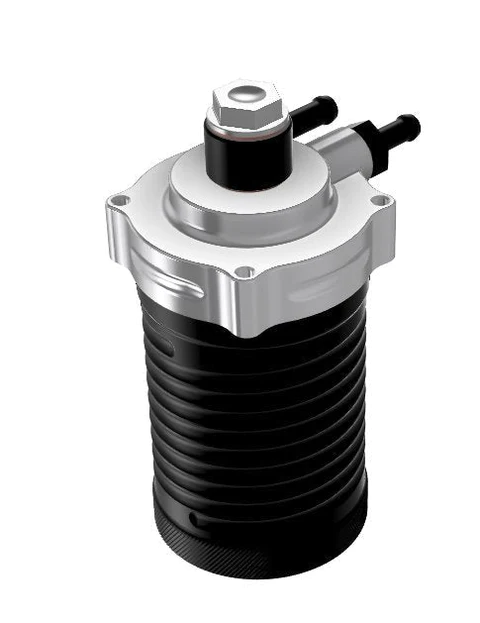
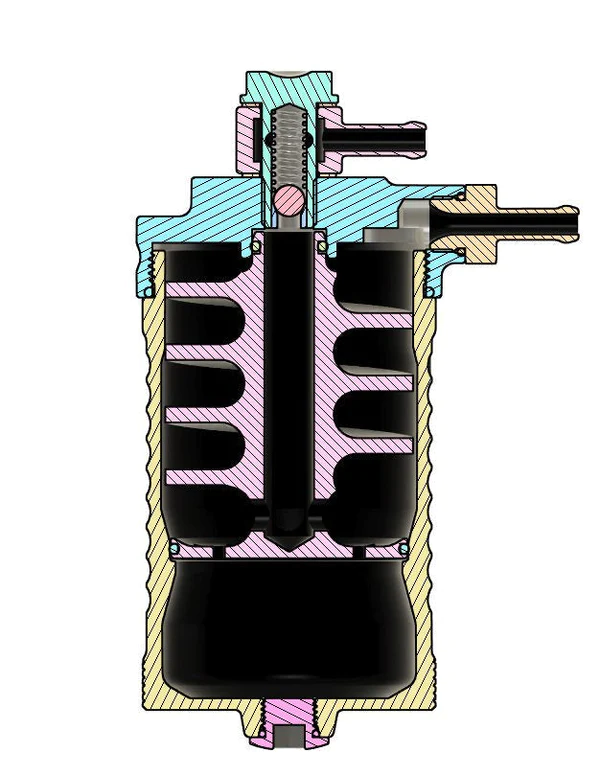
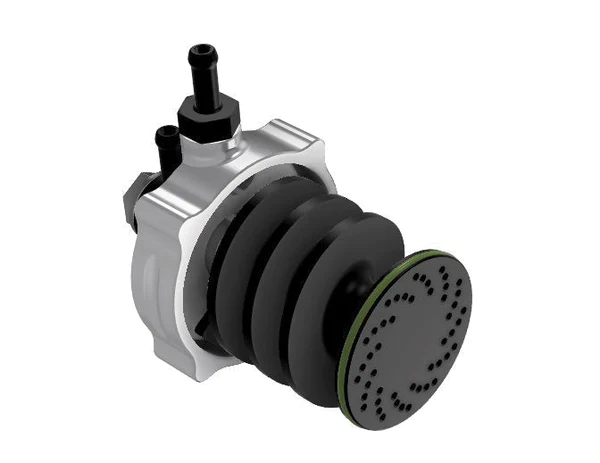
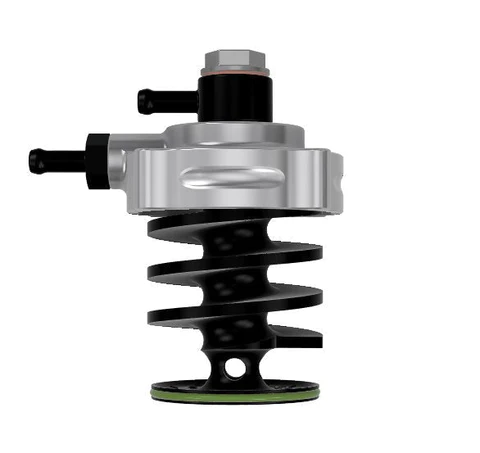
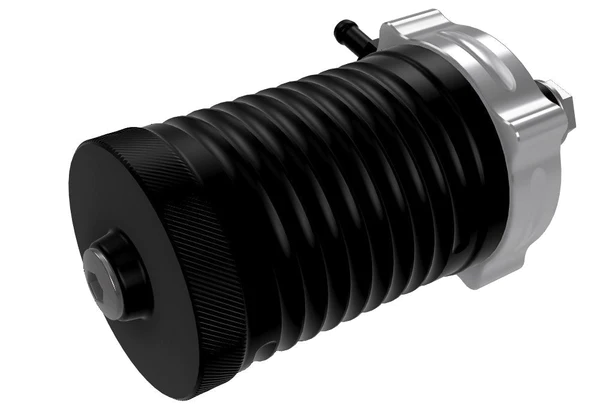
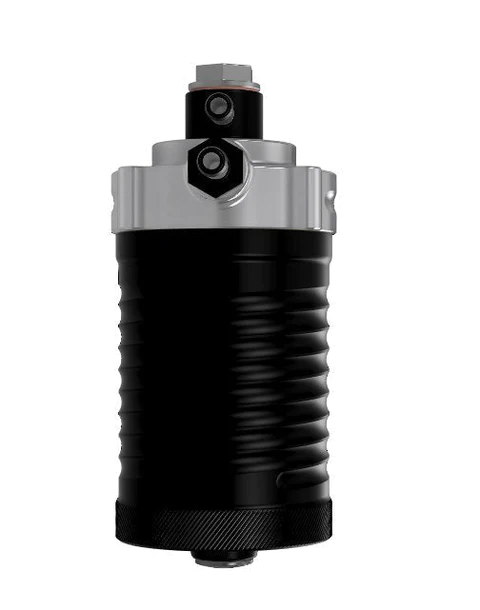
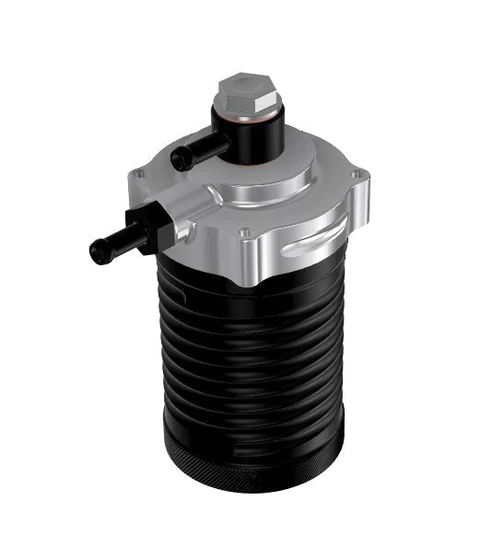
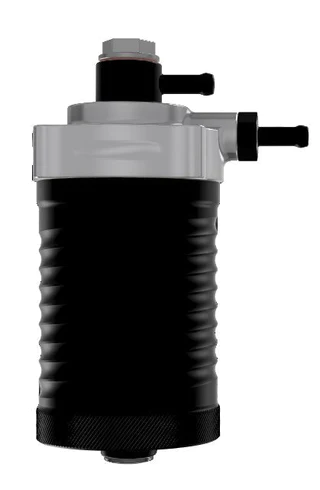

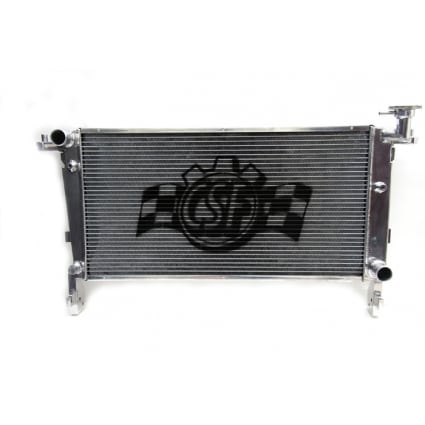
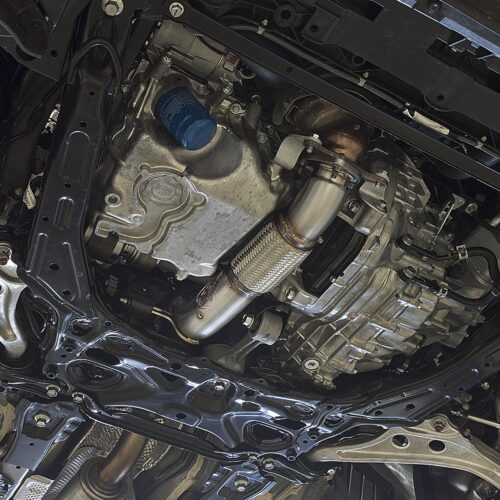
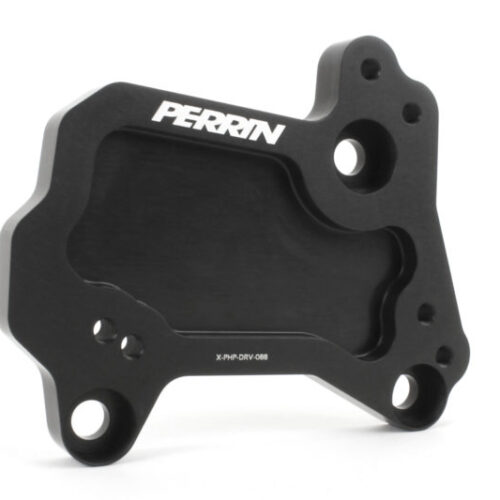

Reviews
There are no reviews yet.